Fed Rate Cuts Still on Hold
With inflation stubbornly elevated, the Federal Reserve will keep interest rates high for now.

To help you understand what is going on in the economy our highly experienced Kiplinger Letter team will keep you abreast of the latest developments and forecasts (Get a free issue of The Kiplinger Letter or subscribe). You'll get all the latest news first by subscribing, but we will publish many (but not all) of the forecasts a few days afterward online. Here’s the latest…
What’s it going to take to beat inflation and, by extension, allow the Federal Reserve to cut interest rates from their 20-year highs? And when exactly might that happen?
There’s no near-term relief in sight. Consumers are spending heavily — which is good for the economy and for businesses’ profits, but bad for the Fed as it tries to lower inflation. Spending on most goods has settled down, which has helped to curb price increases of goods outside of food and energy in the first quarter. (Gasoline prices are up 18%, but they appear to be leveling off now, barring further escalation of the fighting and tensions in the Middle East.) It’s services people are buying a lot of. That drives up prices, and then wages in many service industries — a negative feedback loop. That strong spending is likely to continue, as wage growth falls only slowly.
From just $107.88 $24.99 for Kiplinger Personal Finance
Become a smarter, better informed investor. Subscribe from just $107.88 $24.99, plus get up to 4 Special Issues

Sign up for Kiplinger’s Free Newsletters
Profit and prosper with the best of expert advice on investing, taxes, retirement, personal finance and more - straight to your e-mail.
Profit and prosper with the best of expert advice - straight to your e-mail.
On top of that, consumers are saving a lot less to keep spending — the national savings rate is down to just 3.2%, vs. the 7% average over the past 10 years. Again, that's good for profits and economic growth now, but bad for lowering inflation. (In addition, it raises the uncomfortable question of how folks will cope when the economy falters.) As Fed Chair Jerome Powell has signaled, interest rate cuts aren’t imminent. There’s a slim chance of a cut on July 31, but only if inflation drops soon, showing steady downward progress in the three months before the Fed’s July meeting.
There’s reason to think the monthly Consumer Price Index reports will show a cooling in inflation, since housing, car repairs and insurance are big inflation drivers now. There are signs of rents easing, and automotive work can’t keep soaring forever. But it’s not clear that any of those price pressures will ease enough in the near term to bring overall inflation down and allow the Fed to consider an initial rate cut. We think the best odds of a Fed rate cut are in November, right after the election. Inflation just looks too entrenched for now to justify a cut in July. (The Fed also meets in September, but we are skeptical it would act then, during the height of election campaign season.) Readers should also prepare for the chance of no drop in interest rates this year, an idea that would have shocked Wall Street a few months ago but looks possible now. Powell has been steadfast so far in insisting on getting inflation near the Fed’s target of 2% before trimming interest rates. And while some of the factors fueling inflation — rents, especially — should ease in coming months, other price pressures may worsen. For instance, California’s recent hike in the minimum wage for fast-food employees could help keep overall wage growth strong enough to lift the headline inflation rate.
The bulk of inflation relief will come next year, as will most Fed rate cutting.
This forecast first appeared in The Kiplinger Letter, which has been running since 1923 and is a collection of concise weekly forecasts on business and economic trends, as well as what to expect from Washington, to help you understand what’s coming up to make the most of your investments and your money. Subscribe to The Kiplinger Letter.
Profit and prosper with the best of Kiplinger's advice on investing, taxes, retirement, personal finance and much more. Delivered daily. Enter your email in the box and click Sign Me Up.

David is both staff economist and reporter for The Kiplinger Letter, overseeing Kiplinger forecasts for the U.S. and world economies. Previously, he was senior principal economist in the Center for Forecasting and Modeling at IHS/GlobalInsight, and an economist in the Chief Economist's Office of the U.S. Department of Commerce. David has co-written weekly reports on economic conditions since 1992, and has forecasted GDP and its components since 1995, beating the Blue Chip Indicators forecasts two-thirds of the time. David is a Certified Business Economist as recognized by the National Association for Business Economics. He has two master's degrees and is ABD in economics from the University of North Carolina at Chapel Hill.
-
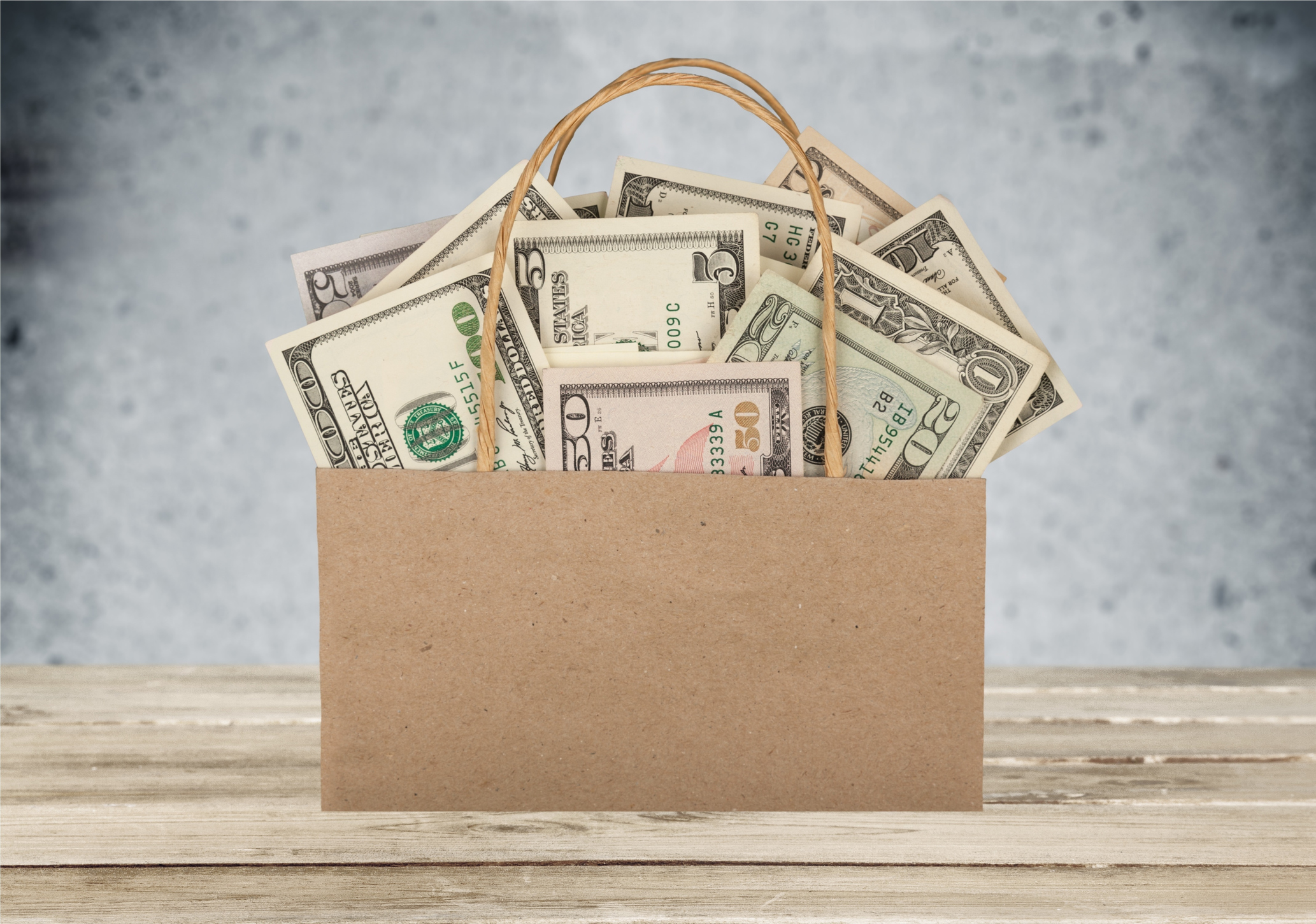 5 Types of Gifts the IRS Won’t Tax: Even If They’re Big
5 Types of Gifts the IRS Won’t Tax: Even If They’re BigGift Tax Several categories of gifts don’t count toward annual gift tax limits. Here's what you need to know.
-
 The 'Scrooge' Strategy: How to Turn Your Old Junk Into a Tax Deduction
The 'Scrooge' Strategy: How to Turn Your Old Junk Into a Tax DeductionTax Deductions We break down the IRS rules for non-cash charitable contributions. Plus, here's a handy checklist before you donate to charity this year.
-
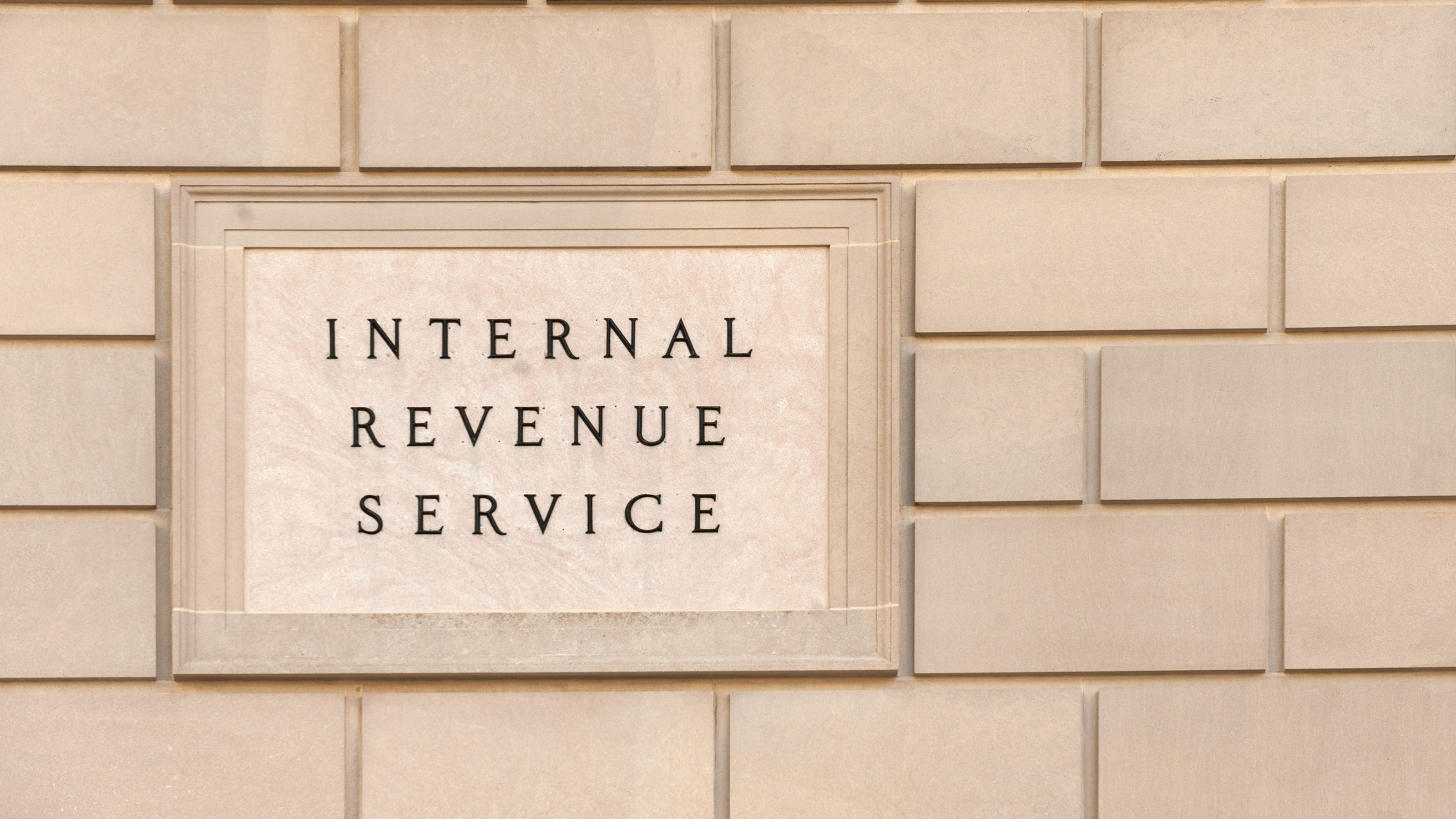 IRS Says You Made a Tax Return Mistake? A New Law Could Help You Fight Back
IRS Says You Made a Tax Return Mistake? A New Law Could Help You Fight BackTax Law Updated taxpayer protections change what the IRS must explain on error notices and how long you have to respond.
-
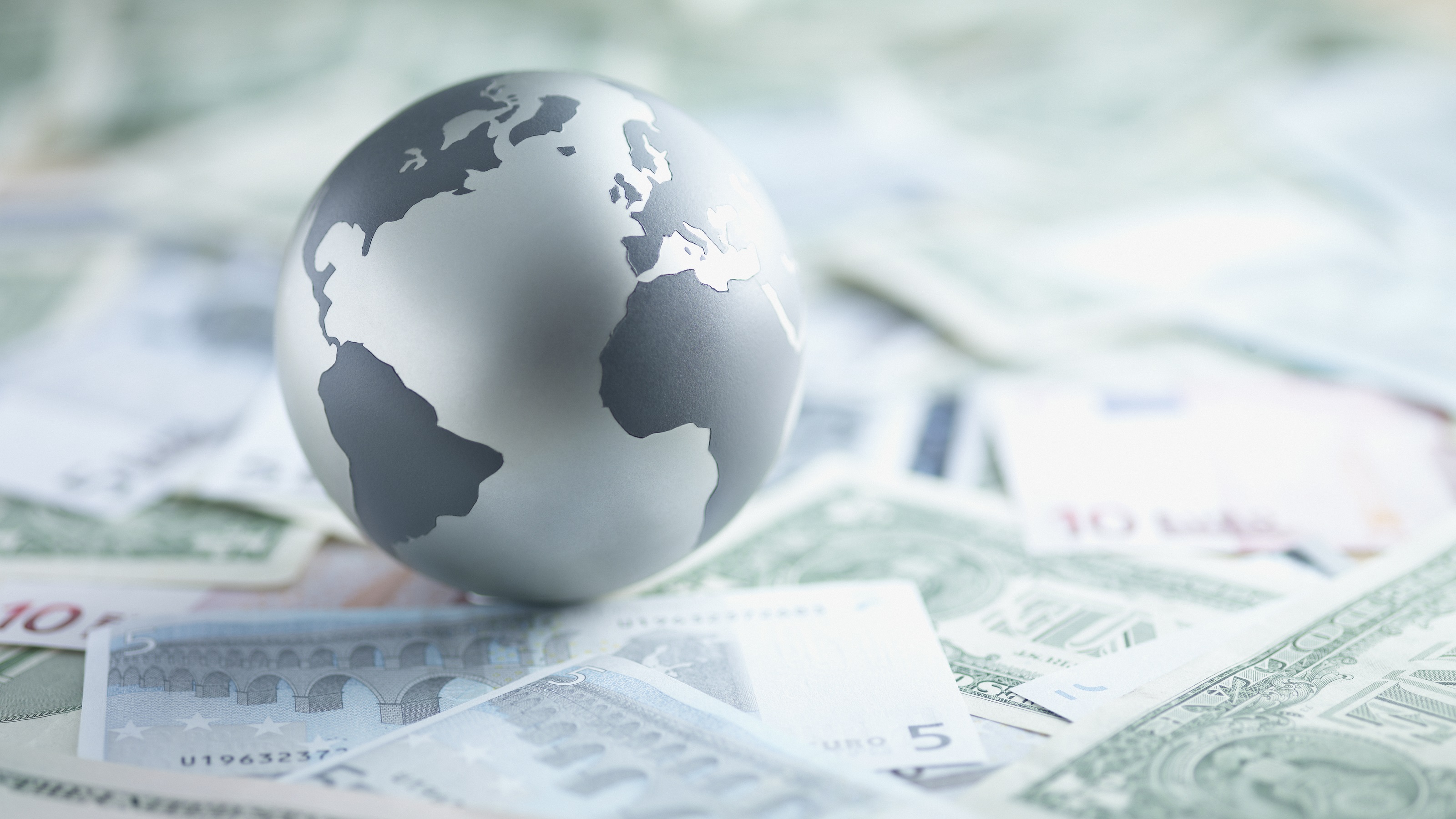 What to expect from the global economy in 2026
What to expect from the global economy in 2026The Kiplinger Letter Economic growth across the globe will be highly uneven, with some major economies accelerating while others hit the brakes.
-
 December Fed Meeting: Updates and Commentary
December Fed Meeting: Updates and CommentaryThe December Fed meeting is one of the last key economic events of 2025, with Wall Street closely watching what Chair Powell & Co. will do about interest rates.
-
 The Delayed September Jobs Report Is Out. Here's What It Means for the Fed
The Delayed September Jobs Report Is Out. Here's What It Means for the FedThe September jobs report came in much higher than expected, lowering expectations for a December rate cut.
-
 Shoppers Hit the Brakes on EV Purchases After Tax Credits Expire
Shoppers Hit the Brakes on EV Purchases After Tax Credits ExpireThe Letter Electric cars are here to stay, but they'll have to compete harder to get shoppers interested without the federal tax credit.
-
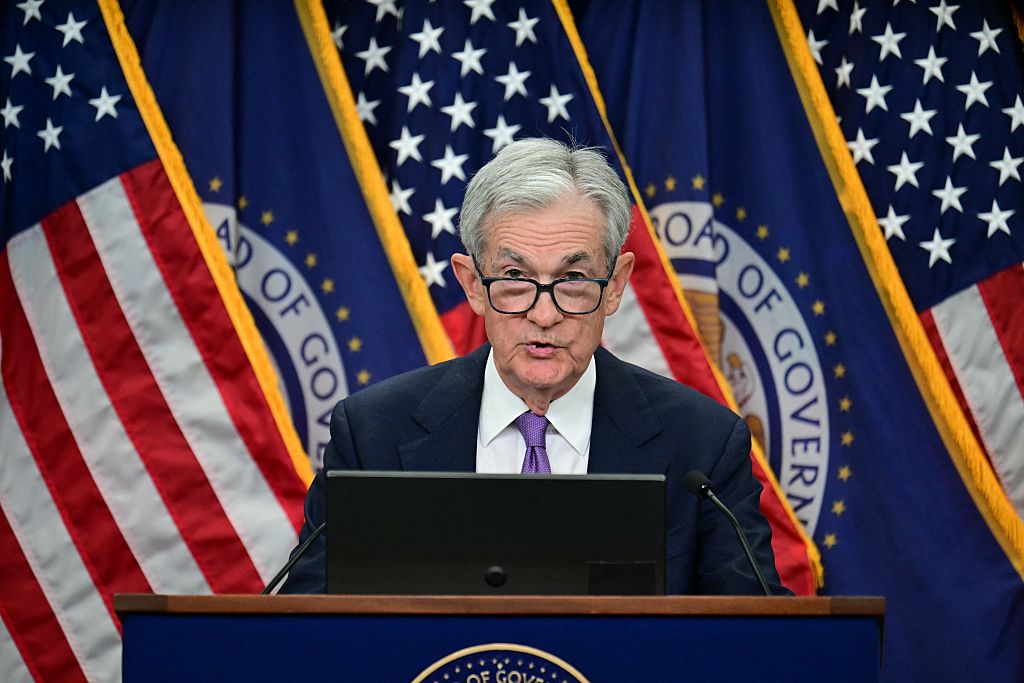 October Fed Meeting: Updates and Commentary
October Fed Meeting: Updates and CommentaryThe October Fed meeting is a key economic event, with Wall Street turned into what Fed Chair Powell & Co. did about interest rates.
-
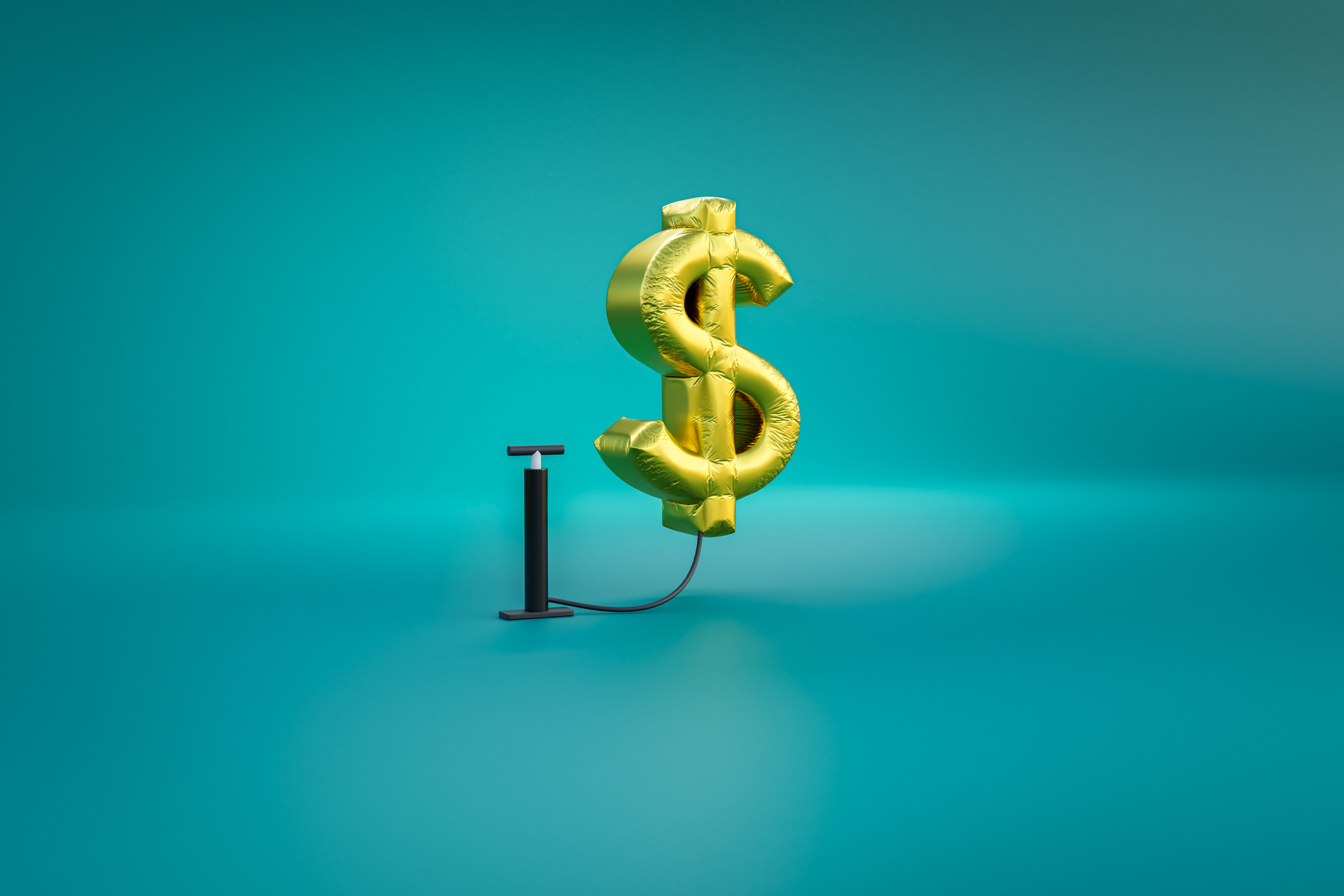 The Delayed September CPI Report is Out. Here's What it Signals for the Fed.
The Delayed September CPI Report is Out. Here's What it Signals for the Fed.The September CPI report showed that inflation remains tame – and all but confirms another rate cut from the Fed.
-
 The Economy on a Knife's Edge
The Economy on a Knife's EdgeThe Letter GDP is growing, but employers have all but stopped hiring as they watch how the trade war plays out.
-
 Banks Are Sounding the Alarm About Stablecoins
Banks Are Sounding the Alarm About StablecoinsThe Kiplinger Letter The banking industry says stablecoins could have a negative impact on lending.